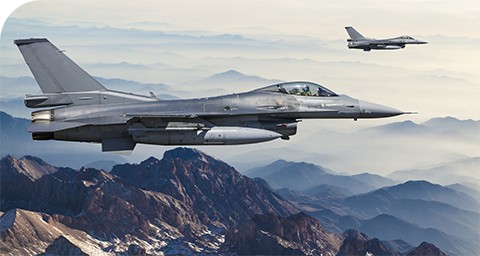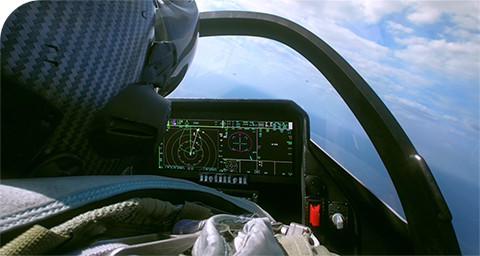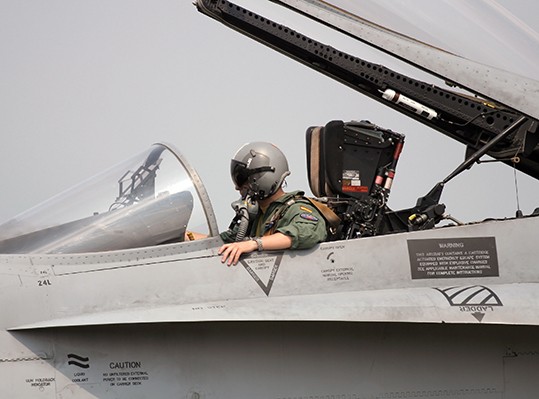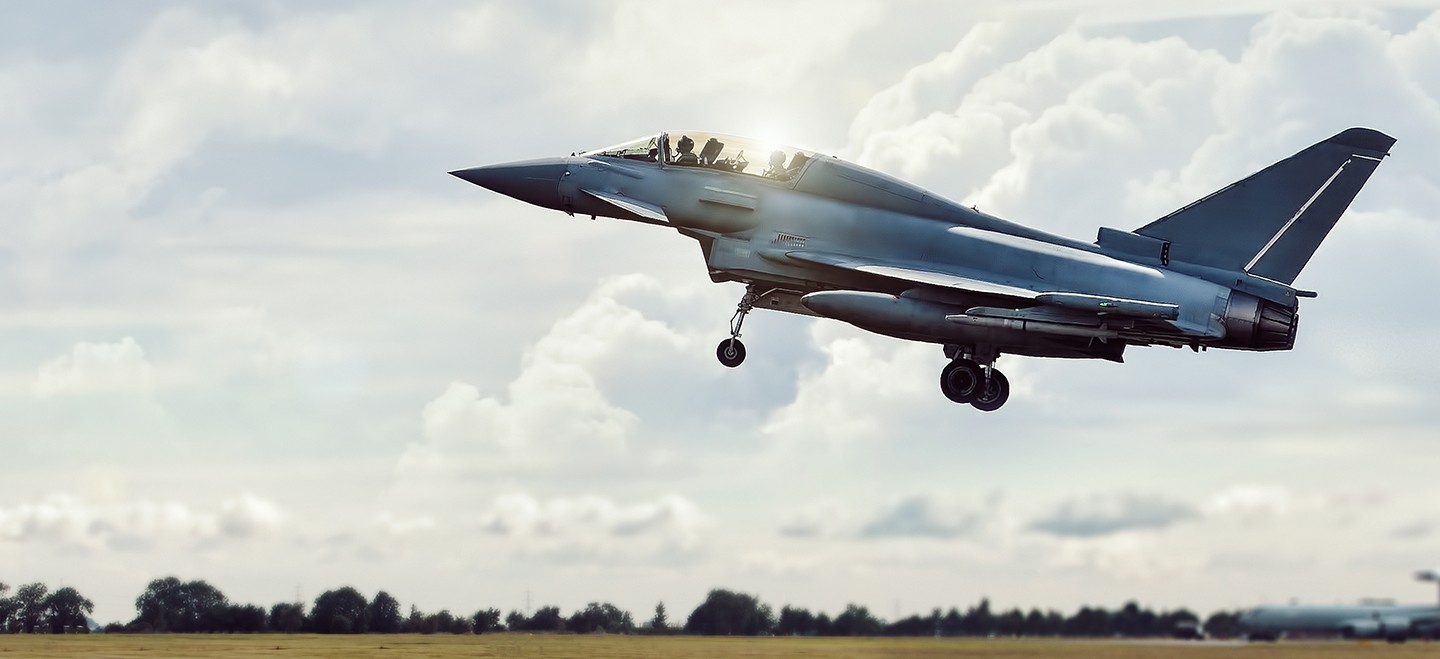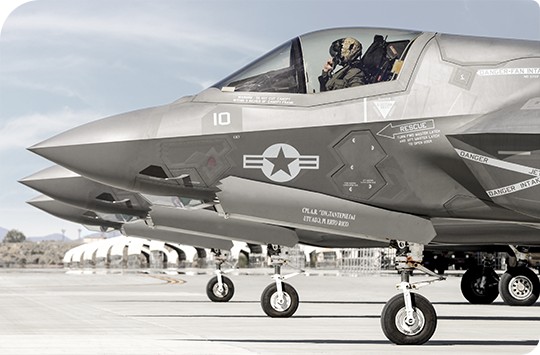In this video, learn how selecting the right approach for integrating digital bus interfaces for protocols like ARINC 818 and other high-speed interfaces into your test system can increase your test productivity. For more information about interface selection, try one of these additional resources:


